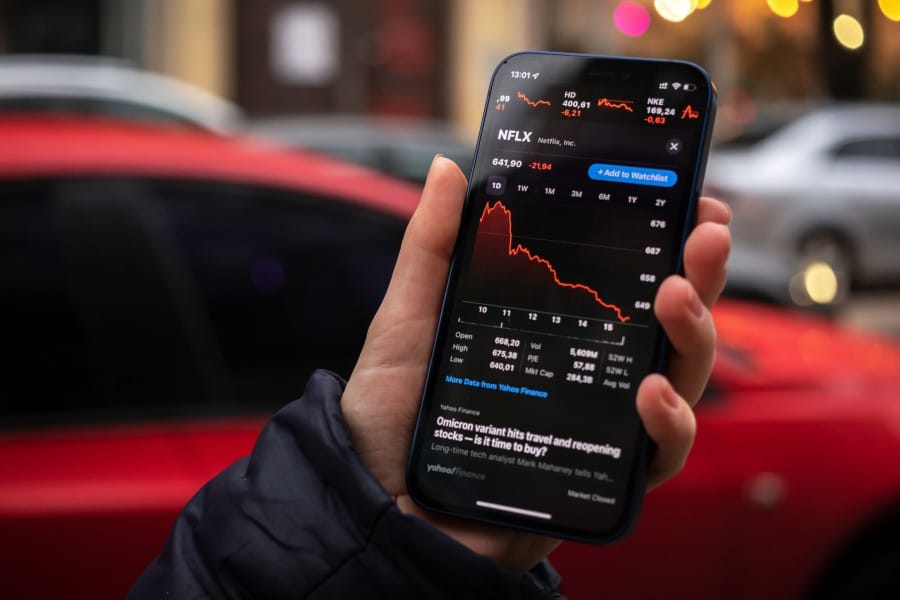In 1985, I was not yet a teenager. Mom and dad left for work before my sister woke up for school.
No lunch. No food in the fridge except canned Carnation milk. We filled a bowl of generic puffed wheat with a spoon of sugar. Then mixed one-third Carnation with two-thirds tap water to simulate Sugar Crisp.
We didn’t go hungry. Mom organized with Cole’s Grocery that we could put our lunch on her tab.
Lunch was always the same – a submarine sandwich with lettuce, tomatoes, ham, and cheese washed down with a pint of chocolate milk.
But one day in April, I switched my chocolate milk for a can of Coke.
I hated Coke. Pepsi was my brand. Jason Trenholm was talking about this new version of Coke in math class. It was sweeter. Jason, who became my brother-in-law many years later, was an avid Coke drinker. He was so mad, he swore and got kicked out of class.
I had to try it.
It wasn’t as good as Pepsi.
The history of the introduction of New Coke is an example of one of the biggest blunders in business history.
Coca-Cola was so far ahead of PepsiCo in market share they couldn’t see them in the rearview mirror.
Pepsi was making waves with their Pepsi taste challenge and choice of the New Generation.
Coca-Cola was seeing a slippage in market share and began to worry.
Pepsi fired the shot over the bow.
Roberto Goizueta, CEO of Coca-Cola, initiated Project Kansas by changing the formula of the biggest brand in the world.
Pepsi gave its employees the day off and declared victory in full-page newspaper boasting, ‘‘After 87 years of going at it eyeball to eyeball, the other guy just blinked.’’
Analyzing the past is easy to recognize mistakes. Goizueta wasn’t an idiot. He had his own blind taste tests that preferred the new formula.
79 days of war with core customers and bottlers forced Goizueta to blink again by reintroducing the old formula with “Classic Coke.”
No one should ever make that mistake. Know your customer, right?
You’d think the blunders of Coke would teach business owners to never do this again.
Last month, Netflix announced they lost 200,000 subscribers in the preceding quarter.
Wall Street freaked out. The next day, the company was rewarded with a 33% decline in stock price. Reed Hastings, founder and CEO, lost $600 million in value in one day.
The media jumped on the story. Reed got in front of the backlash. The story was clear: Netflix is too expensive, and customers are migrating to less expensive competitors, like Disney, Amazon, and Apple.
Reed did his best impression of Goizueta. He is going to crack down on existing customers sharing subscriptions with friends. And Netflix will offer an advertising version of Netflix at a lower or free price.
What the f&^*&%^ is he doing? He’s a smart guy. Milton Friedman only cares about maximizing shareholder value. So as shareholder value erodes, Milton wants us to create products or services to make more money for shareholders.
Milton doesn’t care about the customer.
Netflix had steady growth. Covid helped them grow faster. But if you look at subscriber trends in the chart below, Netflix is still on pace with pre-Covid numbers.
Netflix lost 200,000 subscribers. But they turned off the tap to 600,000 Russian subscribers in response to the Russian invasion of Ukraine.
No one mentioned that, not even Reed Hastings.
Netflix currently has 220 million subscribers. Their closest streaming competitor is Amazon with 148 million and then Disney with 129 million. HBO is a distant fourth with 76 million subscribers.
The chatter on the street is customers prefer Amazon. Disney has more experience in entertainment.
Amazon and Disney are acting like the 1984 version of Pepsi. And Netflix is listening to them.
Disney said they were going to launch a free ad version of their programming.
Netflix is going to do the same?
Why would the leader follow third place?
Netflix is playing a dangerous game with customers by listening to Wall Street.
Netflix has a product that allows 4 simultaneous users on the same account. I have two kids, a wife, 4 computers, 4 iPhones and 6 TVs in my house. For the extra couple of bucks, I don’t mind paying for it so we can all stream different content at the same time.
But Reed is worried. My daughter will leave for college next year and steal money from him by using my Netflix account.
Netflix better stop looking in the rearview mirror and focus on taking care of their existing subscriber base.
If not, they will fall for the same mistakes Mr. Goizueta made with the launch of New Coke.
- Pretend is bad for business - July 9, 2024
- Curiosity is Creativity’s Roommate - February 10, 2023
- Labels are tattoos on your brain - December 15, 2022

